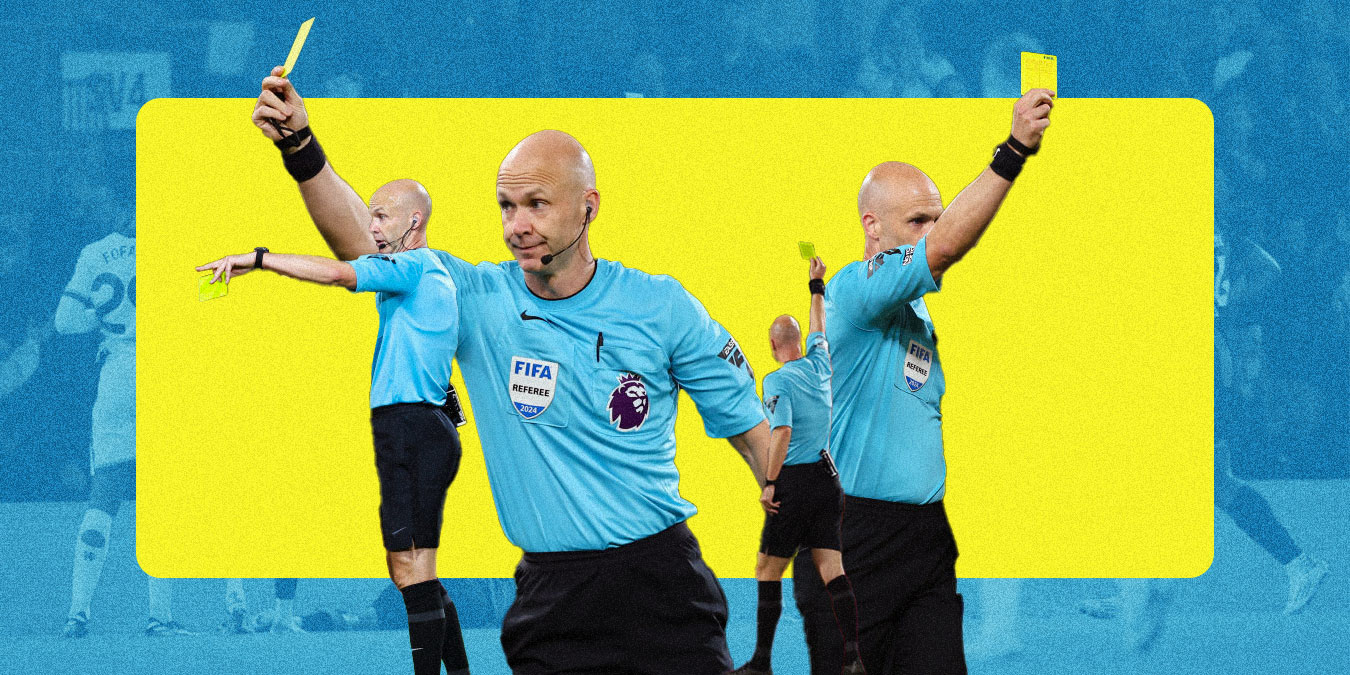Chelsea’s 1-0 win over Bournemouth set a new Premier League record for the most yellow cards in a match, but it really wasn’t very scrappy.
No longer does the Battle of the Bridge hold (well, share) the record for the most yellow cards dished out in a Premier League game. One of the most infamous matches in the competition’s history, it still retains notoriety and even a place in the hearts of many of us who cherished the mayhem, but one of its main claims to fame has now been lost.
On that day in May 2016, Chelsea and Tottenham played out a gripping 2-2 draw at Stamford Bridge, with Spurs’ inability to win ultimately ending their Premier League title pursuit and crowning Leicester City champions.
It was a Premier League classic whichever way you looked at it, but the fact it played such a vital role in the most remarkable and unlikely title success in the competition’s history only made the occasion that much more memorable.
Twelve yellow cards were handed out to players in that game, equalling the record set in August 2010 when Newcastle and Wolves tussled. The nine given to Spurs is still the most ever shown to one team in a single match, though both sides more than played their part in an utterly bruising encounter.
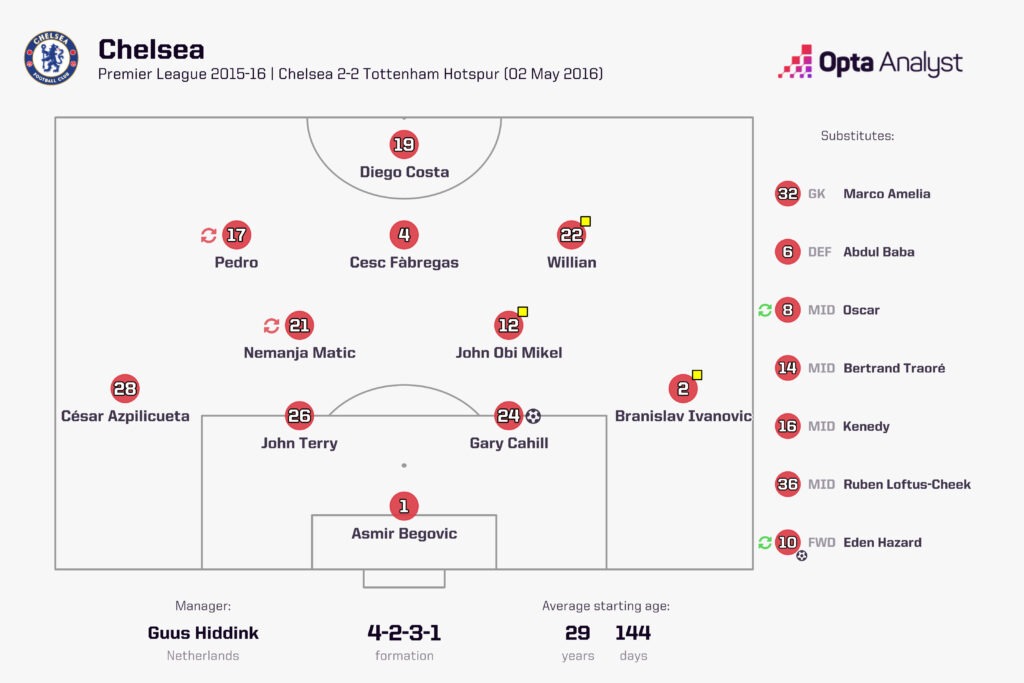
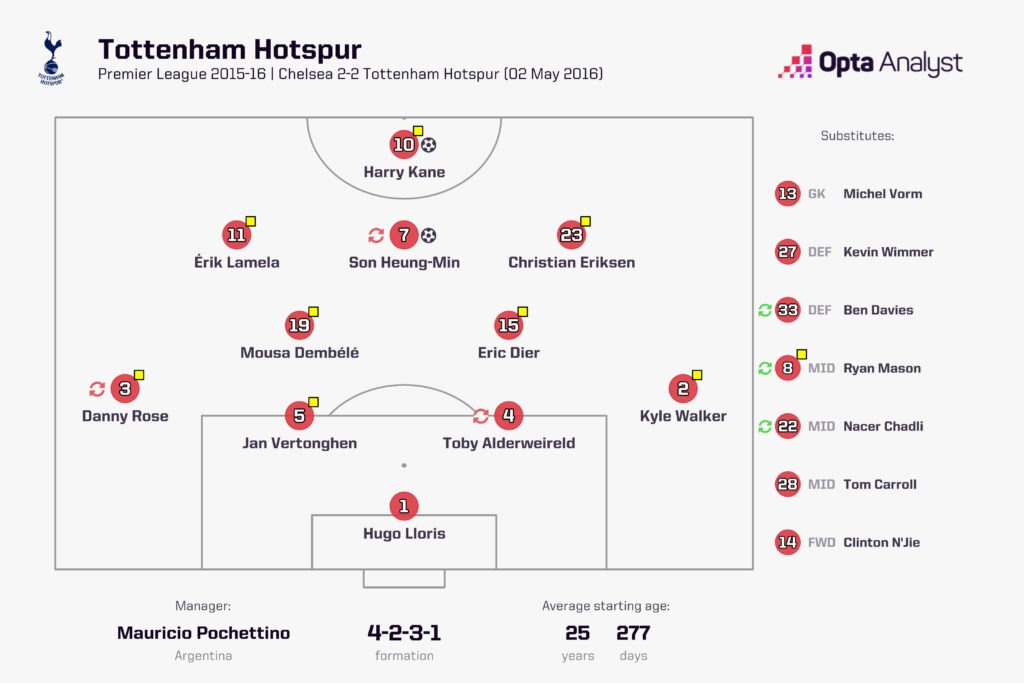
However, Saturday’s clash between Bournemouth and Chelsea managed to surpass the total of 12 cards brandished by Mark Clattenburg eight years ago.
Anthony Taylor was the man at the centre of it all this time. Whether his approach was warranted or not isn’t for us to say, but under the floodlights at the Vitality Stadium, the referee flashed his yellow 14 times – and that doesn’t include those he waved in the direction of coaching staff.
As such, Bournemouth vs Chelsea became the cardiest game (coined it) in Premier League history; and yet, the match – which ended as a 1-0 win for Chelsea – never felt like it lived up to it’s new (un)official title as the Dirtiest Premier League Game Ever. It certainly didn’t rival the Battle of the Bridge for sheer mania nor aggression.
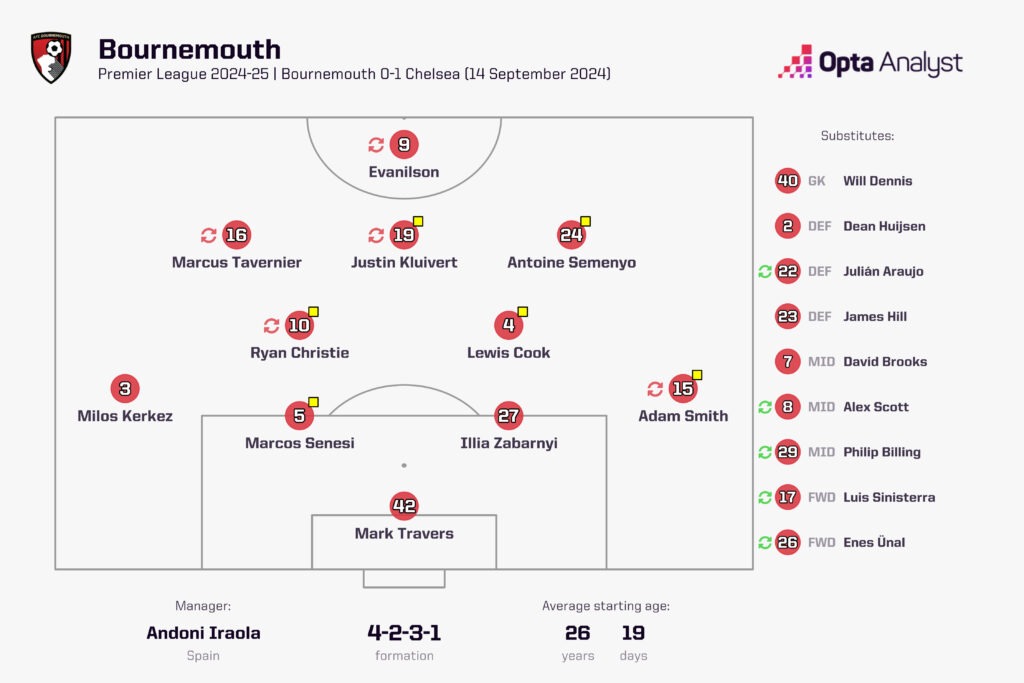
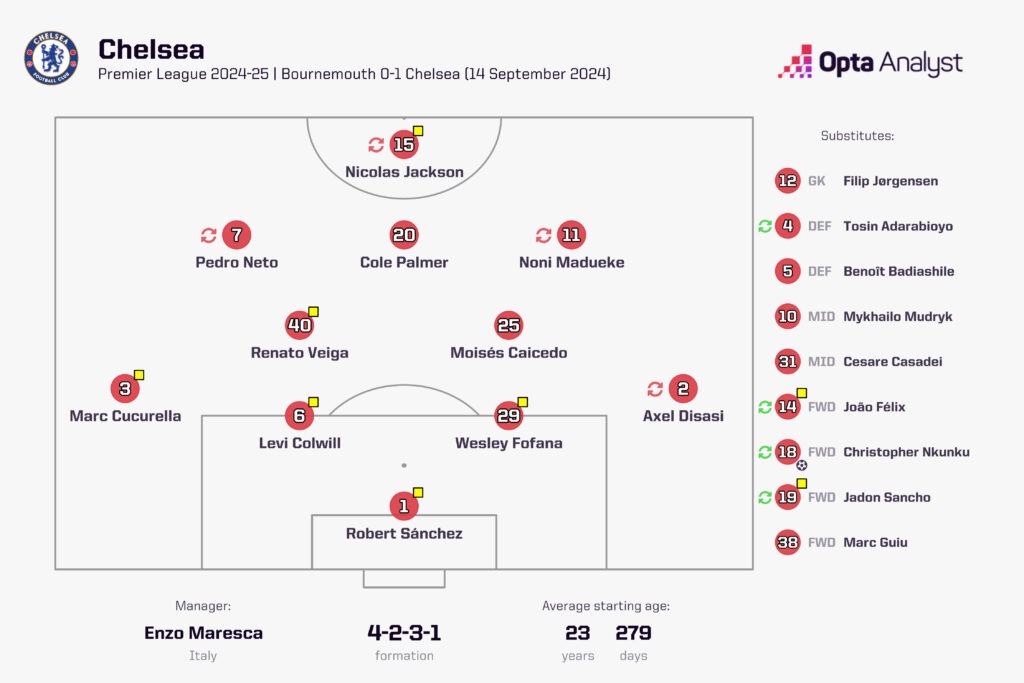
In fact, the 25 free-kicks awarded by Taylor sees the game only just break into the top 20 (18th) matches for fouls this season (there’s only been a total of 40 fixtures), with Aston Villa vs Leicester City at the end of August leading the way on 34.
Taylor received significant criticism for his hardline approach. He’s also not been given a game to referee this weekend, which doesn’t necessarily mean his bosses were displeased, probably more likely that they wish to take him out of the firing line.
Rather than it actually being an especially scrappy match, the game was more of an exhibition in officials’ stricter judgement when it comes to punishing certain offences.
At the start of the 2023-24 season, new refereeing directives were introduced as the Professional Game Match Officials Limited (PGMOL) looked to clamp down on certain behaviour, most notably time-wasting and dissent.
The threshold for dissent leading to a yellow card seemed to be reduced in an especially decisive manner, with guidance suggesting that pretty much any player approaching a referee would be at serious risk of a yellow card if there was already someone in conversation with the official.
Make no mistake, the results have been stark.
Opta has detailed data on cards going back to the start of the 2006-07 season, meaning each offence over the past 19 campaigns (including 2024-25) has a classification. In that time, cards have been handed out for dissent, foul language and referee abuse; for convenience and consistency, we are grouping those three together here.
In the 2023-24 season, 216 yellow cards were shown for such offences – that was a huge increase. The previous high was 159 in 2016-17, and that was one of only five instances on record of there being more than 100 cards shown for dissent in a single season. Furthermore, the 216 yellow cards for dissent in 2023-24 was 130 more than the campaign before.
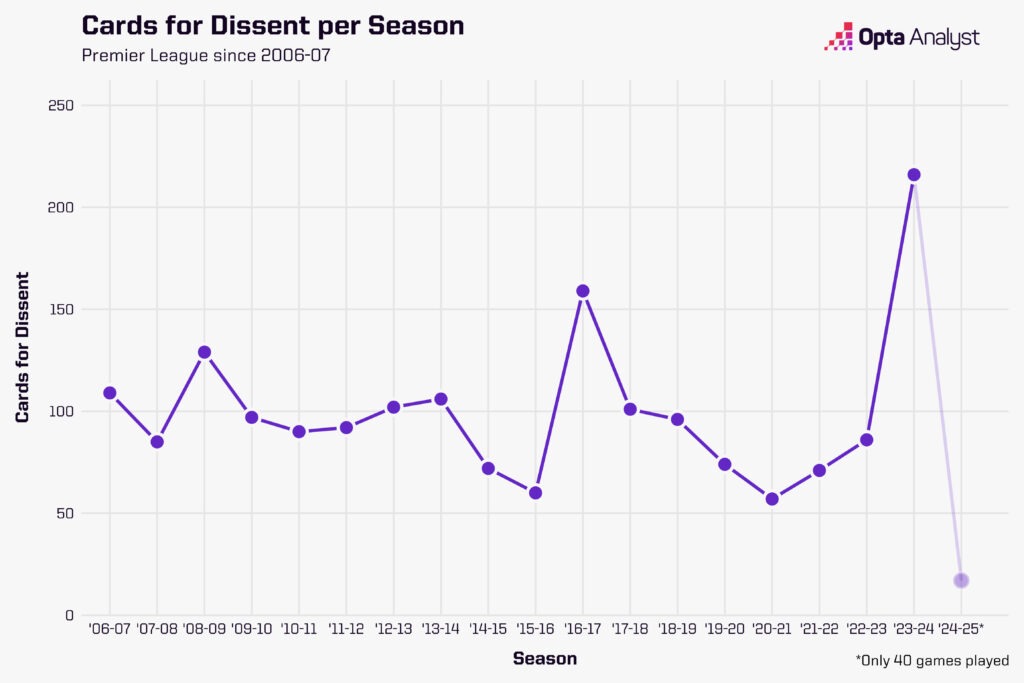
That also accounted for 13.5% (216/1,602) of all yellow cards, which is the greatest proportion that dissent has made up over a full season on record, going beyond the 11.4% of 2016-17.
This season isn’t quite at the same levels as 2023-24 yet. However, with 17 yellows given for dissent over the opening four matchdays, the league is averaging 0.43 per game; that’s some way off the 0.57 of last term, granted, but it still ranks second on record for frequency. Obviously it’s only early days, and there’s still plenty of time for things to change in either direction.
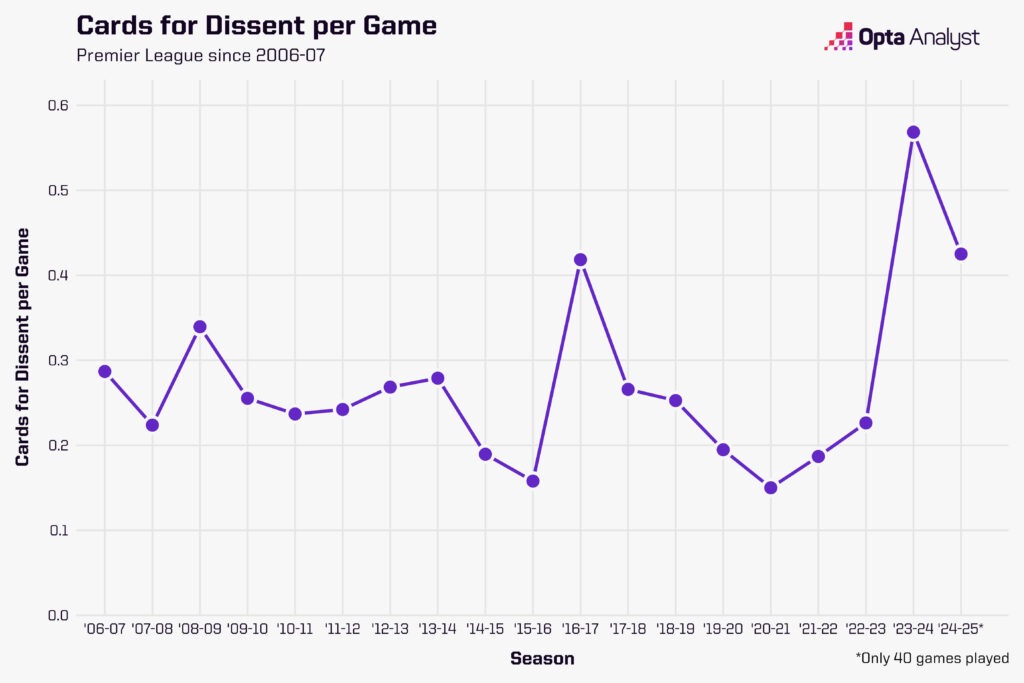
Nevertheless, Taylor’s work at the Vitality Stadium highlighted how refusing to tolerate any notion of disrespect is still very much on the agenda for referees, as four of the 14 he showed to players were classified under dissent. It’s also worth noting he showed at least two to members of coaching staff, and while those aren’t included in the numbers, it casts additional light on the attempts to silence dissenters.
Adam Smith, Nicolas Jackson, Jadon Sancho and Antoine Semenyo were the players in trouble at the Vitality Stadium. Across the whole Premier League, eight yellows were shown for dissent on Saturday; only three days on record – all of which were last season – have seen more cards handed out for such an offence, while this weekend smashed the previous record (57) for the most yellow cards (any offence) shown over a round of Premier League fixtures (65).
Last season, there were two occasions when referees showed at least four yellow cards to players for dissent in a single game; before that, there’d been just one instance (in October 2021) of officials booking at least four players for dissent in the same game. You then have to go back to the 2016-17 season for the next two most recent occasions.
But as mentioned before, there was also a clamp down on time-wasting at the start of last season. That appears to still be very much on the agenda as well, with Premier League referees averaging 0.33 yellows per game for time-wasting in 2024-25.
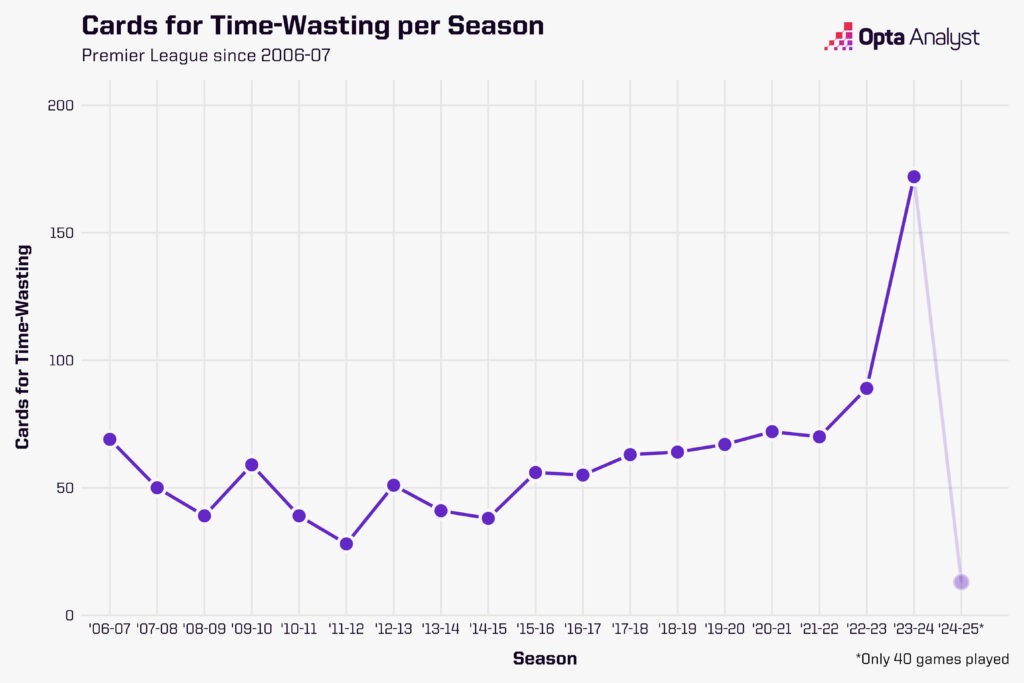
Again, although that’s a bit of a decrease from last season (0.45 per game), it’s still much more frequent than any other campaign on record. But perhaps they’re finding a happier medium in 2024-25, as the 172 cards for time-wasting in 2023-24 represented a 93.3% increase on the previous season-high (89 in 2022-23).
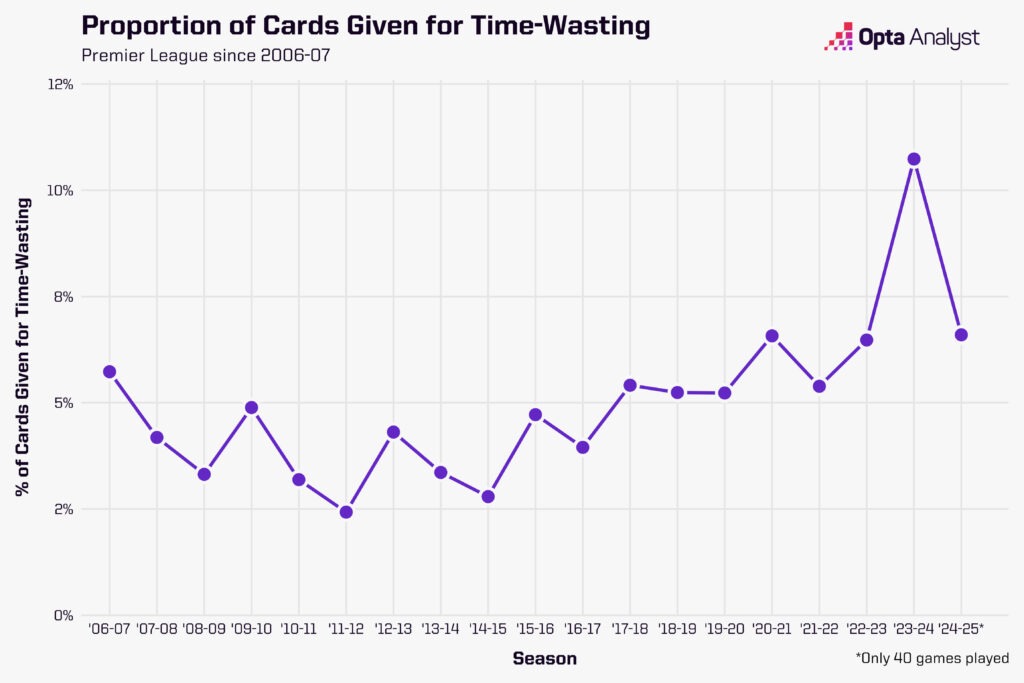
It’s worth pointing out, though, that this isn’t the first time we’ve seen dramatic increases in certain refereeing habits. The 2016-17 season has come up a few times here, and with good reason.
The Premier League and PGMOL made a concerted effort to come down hard on dissent in particular ahead of 2016-17, with Richard Scudamore – then Premier League executive chairman – saying it was their “collective position that these types of behaviour should no longer be tolerated”.
Howard Webb, a former referee and at the time an analyst on BT Sport, said in a column for The Times in August 2016 that it was a “change I welcome – if it lasts”. It’s probably fair to say it didn’t last otherwise it wouldn’t have been necessary to implement a stricter approach last season, but Webb is now among the key decision-makers, having been appointed PGMOL’s chief refereeing officer in 2022.
Webb’s been vocal on dissent for years now, and while history suggests clampdowns are often only temporary, this time it feels like there’s greater resolve to demand respect.
With Premier League cards per game (4.9) at an all-time high in 2024-25, officials are laying down the law unlike ever before.
Enjoy this? Subscribe to our football newsletter to receive exclusive weekly content. You should also follow our social accounts over on X, Instagram, TikTok and Facebook.
